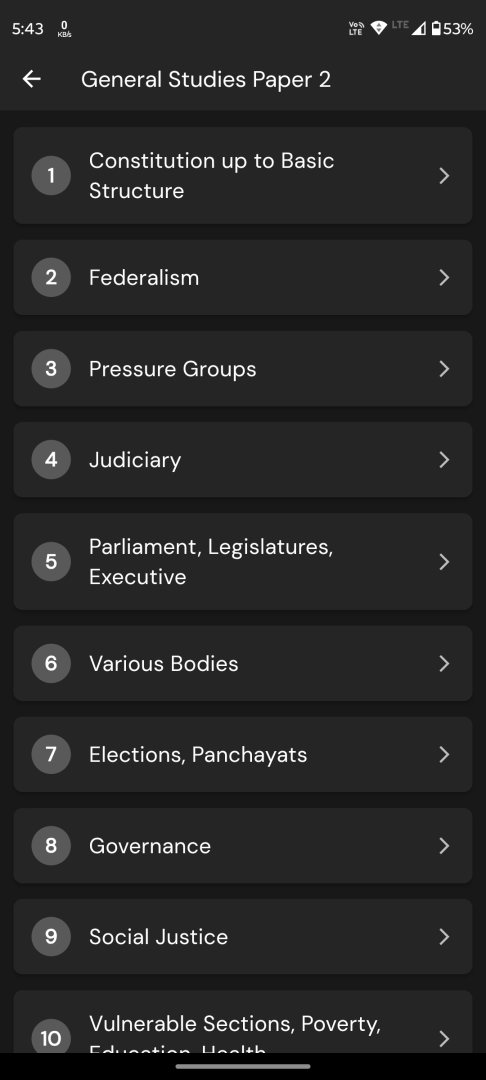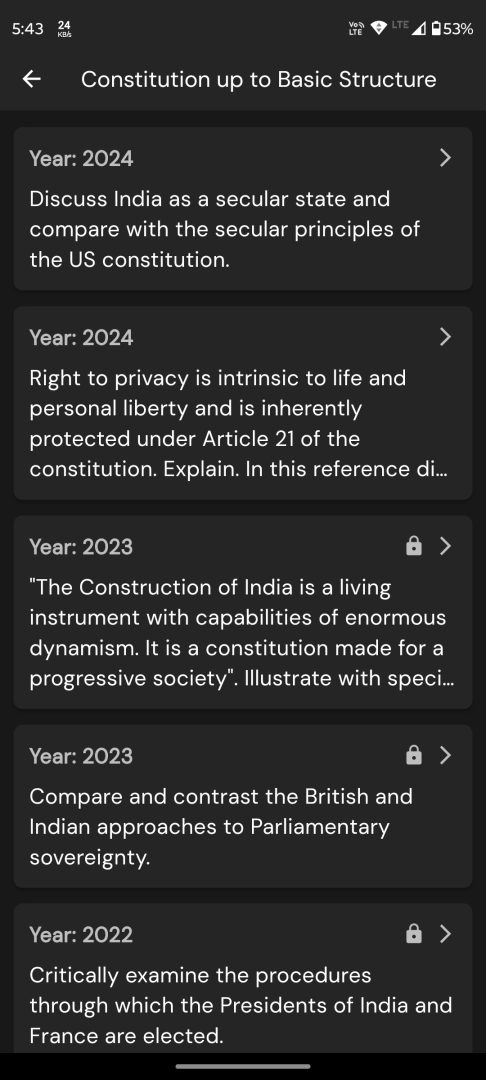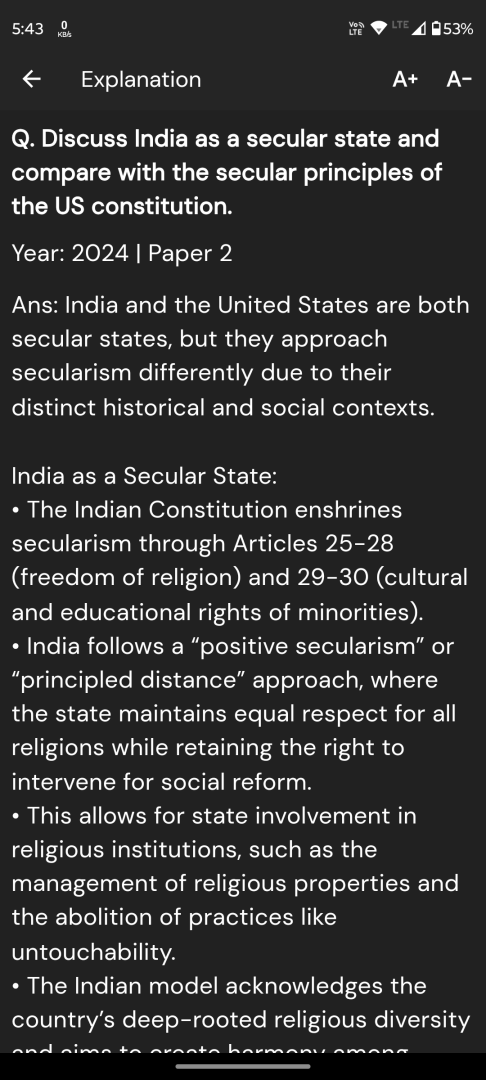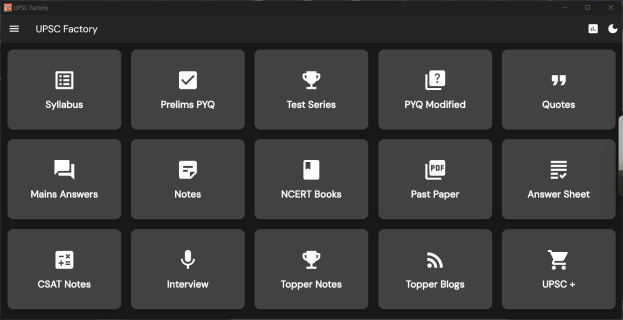Q. Compare and contrast the President’s power to pardon in India and in the USA. Are there any limits to it in both the countries? What are preemptive pardons?
UPSC Mains 2025 GS2 Paper
Model Answer:
Presidential Pardoning Powers: India vs USA
The pardoning power represents executive clemency granted under Article 72 of the Indian Constitution and Article II, Section 2 of the US Constitution, serving as a safety valve against judicial errors.
Key Similarities:
Both Presidents enjoy powers of pardon, commutation, remission, reprieve, and respite for respective federal offences. Neither requires stating reasons for clemency decisions.
Major Differences:
• Scope: India’s President can pardon Court Martial cases and all death sentences, while the US President handles only federal crimes, not state offences.
• Death Penalty: Indian President has exclusive power over all death sentences (Kehar Singh case, 1989); US President cannot intervene in state executions.
• Impeachment: India allows pardoning impeachment cases; USA explicitly prohibits it (Article II restriction).
• Review Process: Indian pardons face judicial review for arbitrariness (Epuru Sudhakar, 2006); US pardons generally enjoy immunity from judicial scrutiny.
• Decision-making: Indian President acts on binding ministerial advice (Article 74); US President exercises independent discretion.
Limitations exist in both: India through mandatory ministerial advice and judicial review on grounds of mala fide; USA through jurisdictional restrictions on state crimes and impeachment cases.
Preemptive pardons (before conviction) are recognized in USA (Ford pardoned Nixon, 1974) but remain constitutionally ambiguous in India.
Conclusion: India emphasizes institutional checks through ministerial advice and judicial review, while USA grants greater individual discretion with jurisdictional limits.




